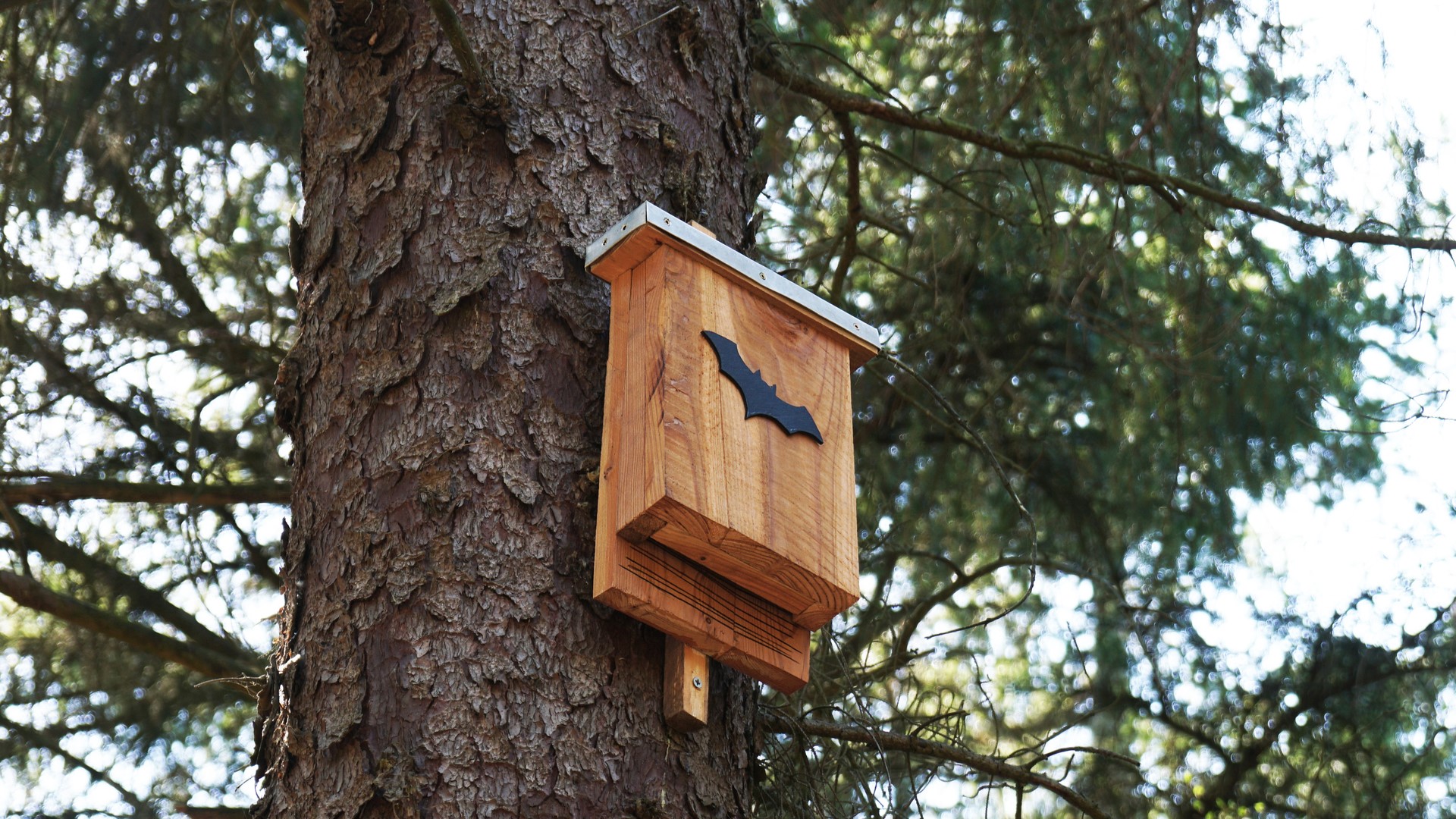Bats on Campus: Safety Considerations

Bat encounters aren’t usually expected at school, but they have been a cause for concern at some institutions. Deforestation may be partly to blame for these campus bat interactions.
Significantly, United Educators (UE) has received bat-related claims — most involving sightings in residence hall rooms. In one UE claim, students were exposed to bats in a campus apartment, which resulted in the school paying for rabies shots for the impacted students.
There is a practical concern since bats can squeeze into spaces as small as a dime and have been found nesting in older buildings. K-12 schools, colleges, and universities should consider adopting protocols for dealing with bats and other potentially rabid animals. Use the following information and suggested actions to help keep your campus community and its wildlife safe.
Preventing Bat Interactions
- Consult with legal counsel and wildlife services. Certain bat species are protected (by the Endangered Species Act of 1973 and the Fish and Wildlife Coordination Act) in some states, so removing those species through lethal means may be illegal. Consult local wildlife control services and legal counsel for information on legal extraction options.
- Pay attention to the time of year. Bats migrate or hibernate, typically around late fall in the U.S., and emerge in the spring. Consider scheduling structural building assessments before bats’ arrival — which might occur, for example, in August, September, February, or March — to coordinate preventative maintenance near their common nesting areas on campus.
- Deter bats from nesting. Inspect window screens and seal structural holes to prevent hibernation and make school buildings a less appealing habitat. It’s also good practice to ensure exterior doors aren’t left open, since insectivorous bats are sometimes attracted to dim, artificial lights, likely due to the insects those locations draw.
- Consider requiring preemptive immunization for high-risk populations. Schools with veterinary programs (for example, Colorado State University) have required students and staff to preemptively immunize themselves against rabies. Other high-risk populations to consider immunizing include people who work with pets and those traveling to areas with high rabies rates.
- Relocate bat houses. If your institution has bat houses that it uses to draw bats to campus for research or eating pests such as mosquitoes, flies, and gnats, ensure these houses are on a part of your campus that’s far from where students and staff congregate.
Responding to Bat Interactions
- Inform your institution’s campus security or housing personnel. Deploy staff to secure the area where the bat was found, if necessary, and assess where it entered, if found indoors.
- Contact the local wildlife control center. They may be able to capture the bat, test it for rabies, and suggest containment strategies.
- Ensure medical treatment for suspected contact. While rabies deaths in humans are rare — only one to two deaths per year — bats are a leading cause. Their bites and scratches can be small enough that they might be undetectable. As a result, the Centers for Disease Control and Prevention recommends that students or employees who have suspected or confirmed contact with a bat be seen by a health care professional, even if they previously were inoculated. Additionally, consider requiring potential victims to wash their wound thoroughly for at least five minutes with soap or an alcohol-based antiseptic.
Additional Resources
Edison (N.J.) Township Public Schools: Rabies Prevention Guidelines
Purdue University: Responding to Potential Exposure to Rabid Animals
Children’s Hospital of Philadelphia: A Look at Each Vaccine — Rabies Vaccine
About the Author
-
Alexandra James
Member Success Specialist
Alexandra joined UE in 2022. She has her B.A. in communications and has worked with several nonprofit organizations.





